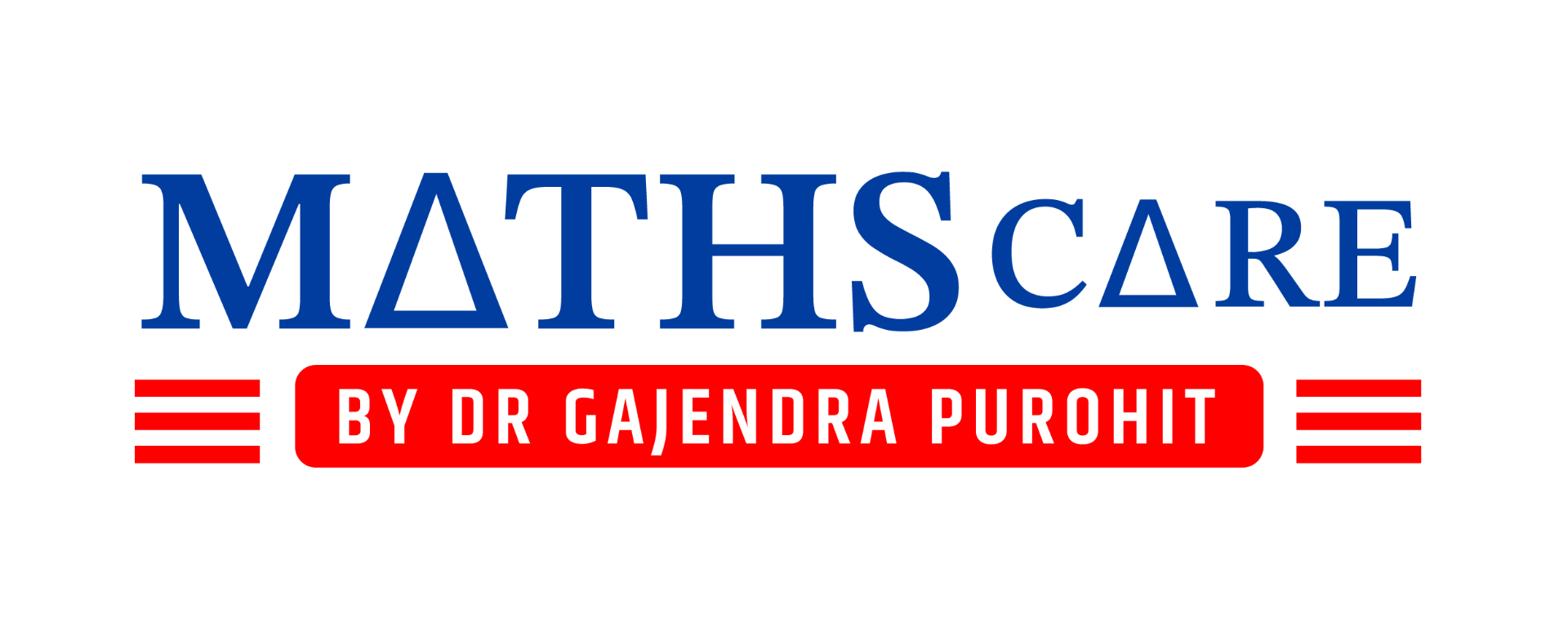CSIR NET Strategy (15 Days)
CSIR NET (Council of Scientific and Industrial Research National Eligibility Test): The CSIR NET (Council of Scientific and Industrial Research – National Eligibility Test) is a highly competitive exam that determines eligibility for Junior Research Fellowship (JRF) and Lectureship positions in India’s top universities and research institutions. With just 15 days left for the exam, aspirants need a structured and effective last-minute strategy to maximize their scores. This guide provides a detailed plan focusing on key areas of preparation, revision techniques, and exam-day strategies to ensure success. By following a well-planned schedule, candidates can improve their efficiency, strengthen weak areas, and build confidence for the exam.

About CSIR NET
The CSIR NET (Council of Scientific and Industrial Research – National Eligibility Test) is one of the most challenging exams for candidates aspiring to pursue research or lectureship in science and technology. With only 15 days left, it is crucial to optimize your study plan, focus on key topics, and practice efficiently. This last-minute strategy will help you maximize your score, revise effectively, and stay confident before the exam. Proper planning and disciplined execution can significantly boost your chances of success. Utilizing the right study material, previous years’ papers, and a structured revision plan will help candidates grasp complex concepts in a short period. By following a systematic approach, candidates can build confidence and increase their chances of qualifying for JRF or Lectureship positions.
CSIR NET Mathematics Syllabus
For candidates appearing for the Mathematical Sciences paper, understanding the syllabus is essential. The key topics include:
Linear Algebra: This includes vector spaces, matrices, eigenvalues, and eigenvectors. Understanding transformations and their applications in problem-solving is crucial.
Real Analysis: Covers sequences, series, continuity, differentiability, and integration. A strong grasp of limit concepts and integral convergence is necessary.
Complex Analysis: Focuses on analytic functions, contour integration, and the residue theorem, which are commonly tested in exams.
Ordinary and Partial Differential Equations: Includes first and second-order differential equations, classification of PDEs, and boundary value problems. These topics have a high probability of appearing in Part C.
Algebra: Covers groups, rings, and fields, focusing on abstract algebraic structures and their properties.
Numerical Analysis: Includes interpolation, numerical integration, and differential equations, crucial for solving computational problems efficiently.
Focusing on these topics and solving previous years’ papers will significantly improve performance. Breaking the syllabus into daily study segments and setting daily targets will help cover more ground in a short time.
CSIR NET General Aptitude Tips
The General Aptitude (Part A) section is common for all subjects and holds 30 marks. Key tips include:
Focus on logical reasoning, numerical ability, and data interpretation: This section requires strong analytical skills and practice in solving different question types.
Solve at least 5-10 questions daily: Regular practice enhances speed and accuracy, which is essential for scoring well.
Improve comprehension skills by practicing reading passages: Reading quickly and understanding key points can save valuable time during the exam.
Use short tricks and mental calculations for quicker problem-solving: Learning efficient methods for solving mathematical problems can improve accuracy and reduce time consumption.
Mastering this section can provide an added advantage, as it requires less conceptual learning and more practice. Candidates should focus on solving previous year questions to identify common patterns and improve their answering strategies.
CSIR NET Revision Tips
Effective revision is essential in the last 15 days. Follow these strategies:
Summarize formulas and theorems in a short notebook: Keeping all essential concepts in one place allows for quick revision.
Use mind maps and flowcharts to understand concepts better: Visual learning techniques can help in retaining complex information efficiently.
Solve one full-length mock test daily to simulate exam conditions: This helps in managing time effectively and improving question selection skills.
Focus on weak areas and avoid learning new topics at the last moment: Strengthening existing knowledge is more beneficial than struggling with unfamiliar concepts.
Revise shortcuts and problem-solving techniques for quick calculations: Developing speed in calculations can provide a crucial edge in the exam.
Creating a subject-wise revision schedule and sticking to it will enhance the effectiveness of last-minute studies.
CSIR NET Paper Pattern
Understanding the CSIR NET exam pattern can help strategize time management effectively:
Total Duration: 3 Hours
Sections:
Part A (General Aptitude): 20 Questions (30 Marks)
Part B (Mathematical Sciences – Fundamental Concepts): 40 Questions (70 Marks)
Part C (Advanced Mathematical Sciences): 60 Questions (100 Marks)
Total Marks: 200
Negative Marking: Yes, varies by section
Since Part C carries the highest weightage, focusing on in-depth conceptual clarity is essential. Candidates should attempt high-scoring questions first and allocate sufficient time for calculations. Practicing under timed conditions will help develop an effective answering strategy.
CSIR NET Marking Scheme
The CSIR NET Mathematics exam pattern contains a total of 120 multiple-choice questions (MCQs), out of which candidates need to attempt only 60 questions within a 3-hour duration. Understanding the marking scheme is essential to maximize scores effectively:
Part A (General Aptitude): Each question carries 2 marks. There is a negative marking of 0.5 marks per incorrect answer.
Part B (Mathematical Sciences – Fundamental Concepts): Each question carries 3 marks. A negative marking of 0.75 marks per incorrect answer is applied.
Part C (Advanced Mathematical Sciences): Each question carries 4.7 marks. No negative marking is applicable in this section.
Since Part C offers the highest marks with no penalty for incorrect answers, candidates should attempt as many questions as possible in this section to maximize their scores.
CSIR NET Career Opportunities
Clearing CSIR NET opens several career opportunities, including:
Junior Research Fellowship (JRF): Provides funding and stipend for research in top institutions. This fellowship allows candidates to pursue a Ph.D. with financial assistance from CSIR.
Lectureship: Qualifying candidates can apply for assistant professor positions in universities and colleges. The certification is widely recognized in academic circles and enhances employment prospects.
Public Sector Jobs: Many government organizations prefer CSIR NET-qualified candidates for scientific roles, including research and development positions in DRDO, ISRO, and BARC.
Ph.D. Admissions: Many premier institutes offer direct Ph.D. admissions based on CSIR NET scores, allowing candidates to enter advanced research fields.
Private Sector Roles: Industries seek NET-qualified professionals for R&D and analytical roles in data science, machine learning, and computational mathematics.
A CSIR NET qualification opens doors to numerous career paths, making it a valuable certification for aspiring researchers and academicians.
Conclusion
Preparing for the CSIR NET in 15 days is challenging but achievable with the right strategy. Prioritizing key topics, taking mock tests, and maintaining a calm mindset are crucial to success. With focused preparation, time management, and smart revision, you can maximize your chances of qualifying for JRF or Lectureship. Staying confident and disciplined in the final days will significantly improve your performance. Ensure that you get adequate rest before the exam, manage time efficiently, and go into the test with a positive mindset. Best of luck to all candidates!
CSIR NET FAQS
To pass the CSIR NET 2024 Exam, candidates must score at least 33 percent in the general, EWS, and OBC categories and 25 percent in the SC, ST, and PwD categories. The CSIR NET 2024 Dec result will be released on the official website at csirnet.nta.ac.in.
In India, holding a PhD isn’t just a distinction; it’s a formidable advantage. With a staggering below 1% unemployment rate for PhD holders, as reported by Gururo, compared to the national average of 7%, the demand for highly skilled individuals is unmistakable.
Candidates applying for the Junior Research Fellowship (JRF) should not be more than 30 years of age as on the first day of the month i.e., 1/06/2024 in which the UGC NET 2024 exam concludes, that is, June.
The CSIR NET Lectureship pay scale lies between INR 37000 – 67000 per month on average. This may increase up to INR 1,33,000 – 1,41,000 with promotions and experience.
CSIR prescribes CSIR NET Eligibility Criteria 2024 along with the notification in terms of age limit, educational qualification and nationality. CSIR JRF Age Limit is 28 years. Candidates must hold an MSc/BE/Integrated BS-MS/BS four-year degree/BPharma/BTech/MBBS with 55 per cent.
BEST OFFERING COURSES FOR YOU
BEST BOOKS FOR IIT JAM/ CSIR-NET
BUY BOOKS ON OUR APP
RECENT POSTS

CSIR NET Score Card Dates (Tentative)

CSIR NET Answer Key Dates (Expected)

CSIR NET Syllabus Mathematics 2025








